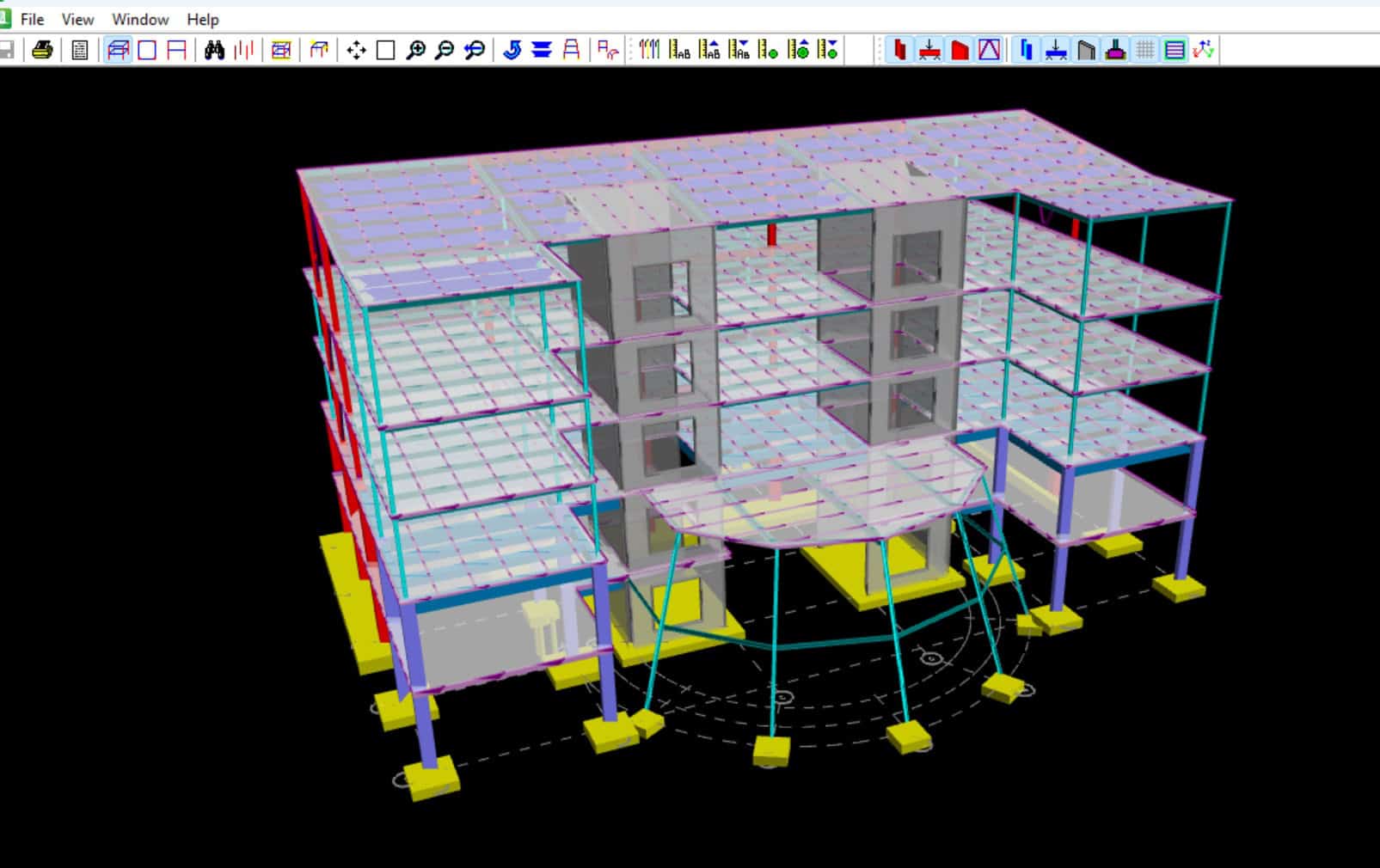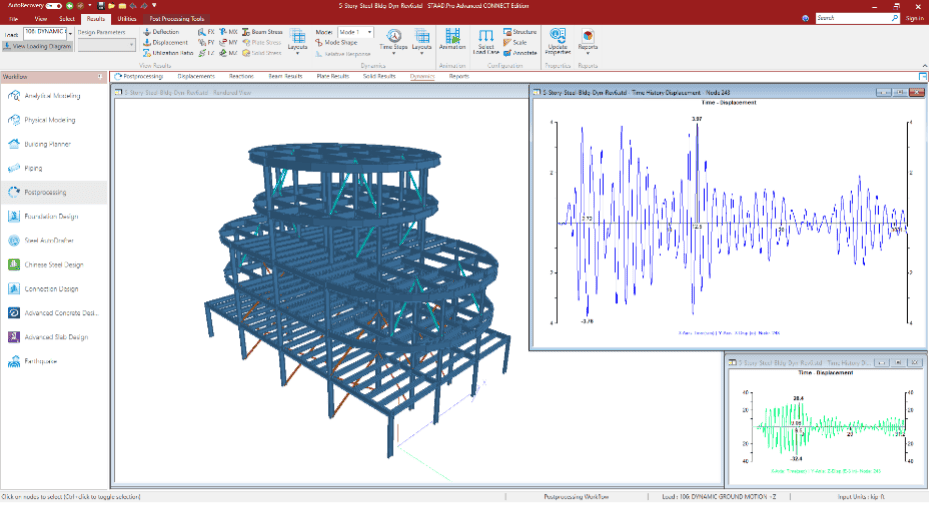Scale parameter in Response Spectrum is the parameter to scale up and scale down the spectral data. If the user defines the spectral data which is the case for site specific response spectrum, then program is not going to internally multiply the spectral data by “g”. Whereas if this data is normalized (Sa/g) or the acceleration values has been already divided by a factor (commonly the factor is “g”), the programme automatically multiplies the generated spectral acceleration data by “g”.
When the user performs response spectrum analysis following specific codal provision, the programme automatically generates the spectral data.
If it is the Normalized data in terms of “g”, then the user needs to specify the Scale factor as “9.8” otherwise “1”.
Scale parameter in Response Spectrum Video
Video illustration
- Firstly, we have created two response spectrum cases. The first one is code-based response spectrum and the spectral acceleration values generated by the software are in the form of (Sa/g). In this case we set the scale value to 1.
- The second case is a custom response spectrum load case. In this case we have added the same spectral data values as in the code specific response spectrum load case. But in the second case, we have normalized the spectral acceleration values. Hence the scale value used is 9.8
- In both the cases, the modal base shear value reported by STAAD.Pro is the same.





